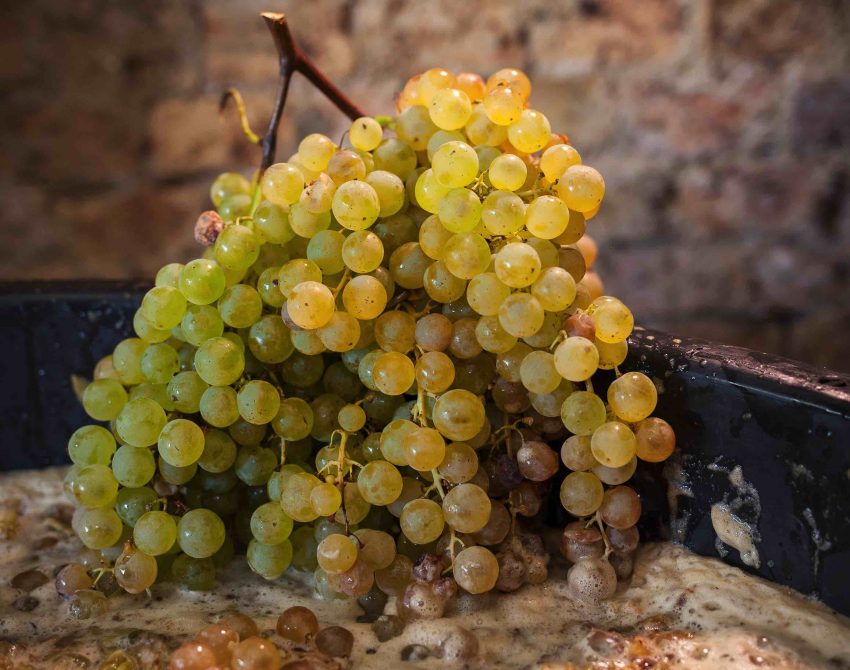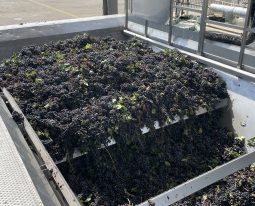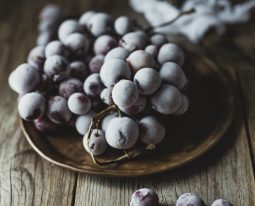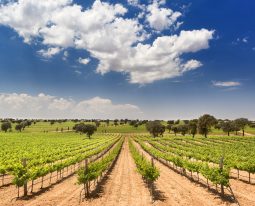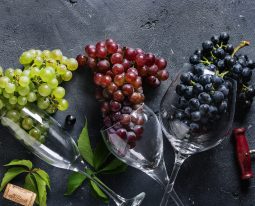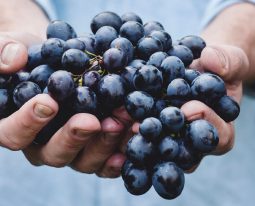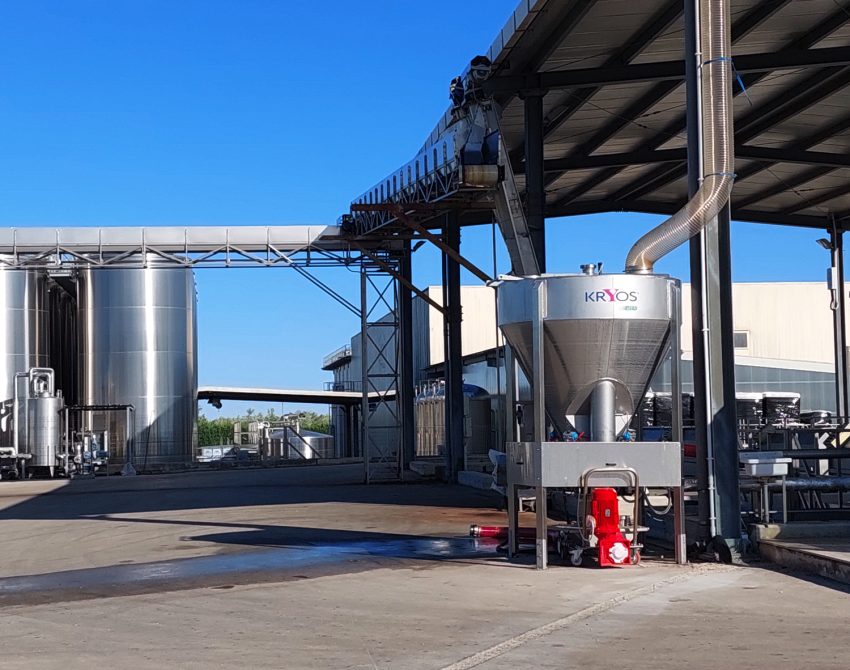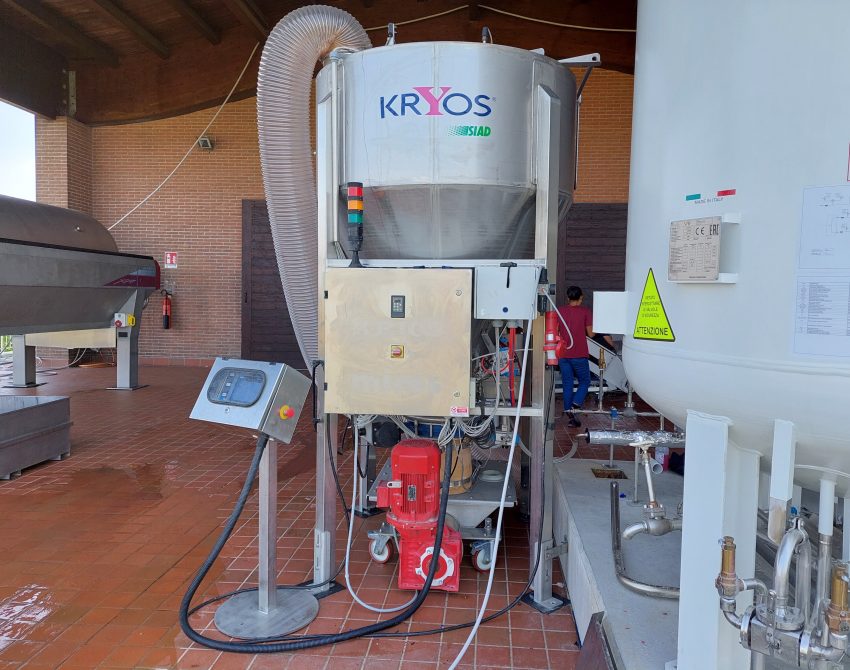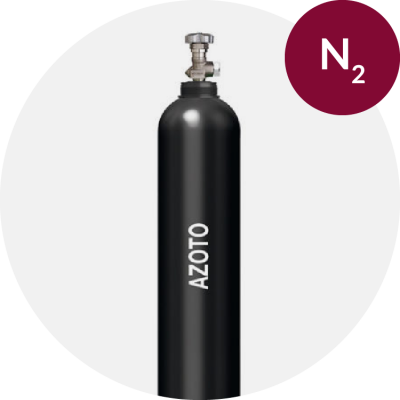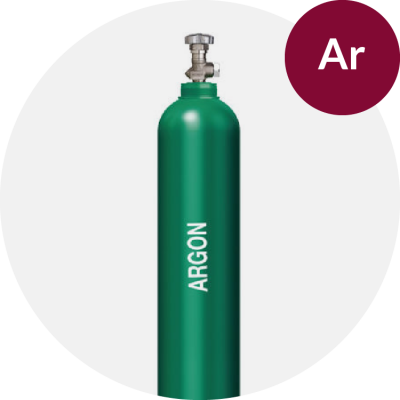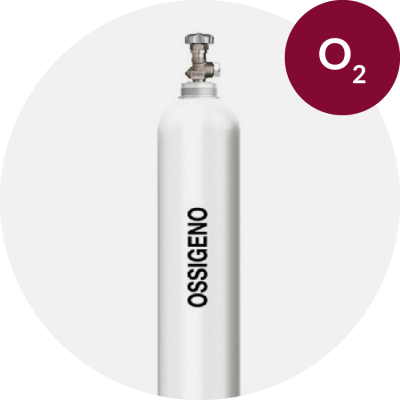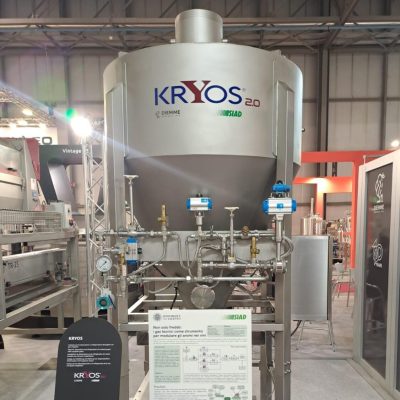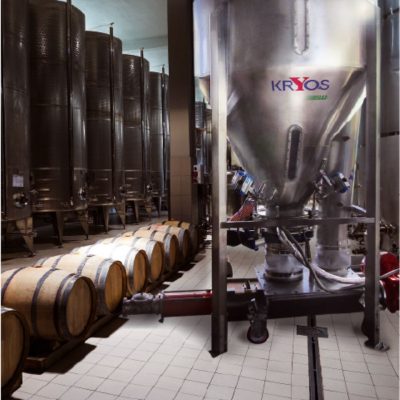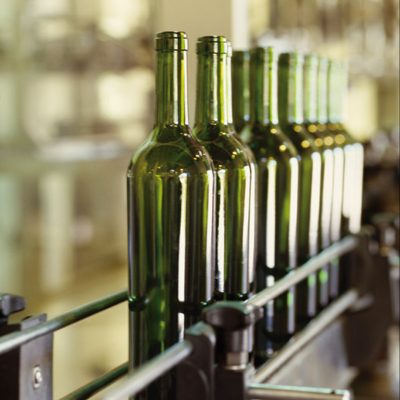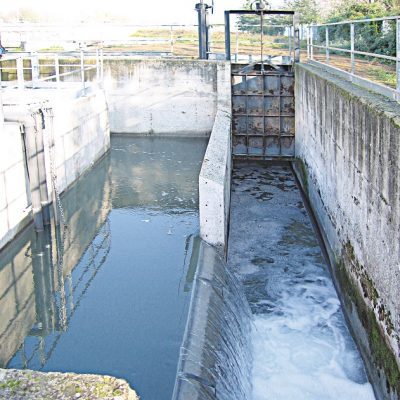Food gases increasingly play a central role in wine production, but what is the SIAD Group’s offering for wineries?
Around the world, Italian winemaking is considered a role model because of its ability to innovate and ensure a high-quality product. Also important is the contribution of food gases which can provide significant benefits to wine and its production process.
The SIAD Group stands by the side of wineries to support them in their steady growth toward efficiency and quality production.
Our peculiarities in the field of wine production is to be found in the constant willingness to listen to and confront the needs of each individual winery, because although we start, predominantly, from similar problems, each context requires customized solutions that adhere exactly to the history, characteristics and objectives of each reality.
This is combined with a solid base, namely the experience of one of Italy’s leading chemical groups, which has been active in the production and distribution of food (and other) gases for more than 90 years, providing high-quality products and services that guarantee absolute food safety.
This is evidenced by the food certifications achieved over time, such as HACCP, ISO 22000 standard and FSSC 22000 certification. SIAD’s food gases are microbiologically certified; in fact, we subject our gases to periodic testing and analysis in order to ensure their quality and safety for use.
As a Group, we have researched and developed innovative food gas supply solutions for wineries that allow them, for example, to refrigerate grapes and crushed grapes, operate with oxygen-free atmospheres, and use less sulfur dioxide.
But that’s not enough, gas is only part of what SIAD can offer oenology, let’s look at it in detail.
From vineyard to fermentation: carbon dioxide SIAD
We follow the process of making wine starting from its origin, from the detachment of the bunch from the vine, to the reception of the grapes, through its crushing to fermentation.
In these phases, the role of carbon dioxide (CO2) is crucial, and here is how SIAD can intervene.
Use of solid carbon dioxide
In these winery operations, solid CO2 is used to form low (or no) oxygen protective atmospheres and for modest refrigeration.
In what formats? Dry ice or carbonic snow.
Dry ice of interest to wineries is in the form of pellets or granules with a diameter of 3 or 16 mm (with preference for the former). Pellets or granules are used by spreading them over grapes in transport wagons, receiving tanks, in destemming and where air removal and formation of a protective atmosphere is required.
Carbonic snow refers to CO2 in the solid state in a powdery form. It is produced in the winery from liquid carbon dioxide. It has similar uses as pellets, plus it is suitable for automated applications in the de-stemming stage.
Kryos®, SIAD’s technology for using liquid carbon dioxide
Where unassuming refrigeration is required, liquid CO2 should be used.
Kryos® is the plant developed by SIAD for chilling crushed grapes with liquid carbon dioxide.
This plant operates in full automation, managed by PLC with dedicated software. Kryos® receives the crush, lowers its temperature, down to the required value, completely removes dissolved oxygen and saturates it with carbon dioxide. Finally, it transfers it to the next stage of processing.
Learn more about the benefits of Kryos® here and read one of the case studies conducted.
Use of carbon dioxide gas
During the processing of crushed grapes and must, the density of carbon dioxide gas is higher in the air. This allows the formation of protective atmospheres that prevent the absorption of oxygen and remove dissolved oxygen.
Stripping is required to remove dissolved oxygen by introducing gaseous CO2 into the pump loading tank or transfer pipeline. This also provides a lubricating effect that decreases friction between peels and walls.
From fermentation to bottling: nitrogen and argon SIAD
In the subsequent steps of wine production, storage, handling, and bottling, performance is enhanced by two other gases: nitrogen (N2) and argon (Ar).
With these two gases it is possible:
- Protect the wine in the tank from absorbing oxygen
- remove dissolved oxygen, operating both in the tank and in the pipeline during its handling;
- Transfer it by push, without the aid of pumps
- Bottling it in the absence of oxygen
SIAD accompanies wineries in choosing one or the other gas (or both), depending on the type of facilities in the winery and any specific needs related to the organization or characteristics of the wines.
The nitrogen injection dripper bottling system, which is useful in drastically reducing the oxygen contained in the headspace of the bottle, between wine and cork, deserves an ad hoc closer look.
Wine and oxygen: SIAD’s solutions
The quality of wine also depends on the amount of oxygen (O2) dissolved in it.
Normally, optimal dissolved oxygen values should be in the range of 0.2-1.0 ppm for white wines and 0.5-1.2 ppm for red wines.
The amount of dissolved oxygen depends on many factors, and its management in processing steps must prevent excess solubilization and facilitate the removal of any dissolved excess.
The operating methods of work, like the machines used, are not always the same, but given the experience gained through decades of close cooperation with wineries on food gas issues, our group can be a support for winemakers and cellar operators in identifying, designing and implementing customized technical solutions to keep oxygen levels under control at all times dissolved and contribute to the continuous improvement of the quality of wine sought by wineries.
Generally, on this topic, SIAD’s offerings are developed in 3 steps:
- Analysis of critical issues
with analytical surveys aimed at identifying and quantifying critical points for O2 uptake. - Technology solution
in which gases, methodsandtools needed are identified - Periodic audits
To verify the operation of the adopted solution over time.
Mixflo®: Wastewater purification with oxygen
Wastewater treatment is also part of the wineries’ production process.
This need has traditionally resulted in the adoption of biological activated sludge purification systems.
Conventional systems operating through air insufflation in the biological oxidation tank, however, have proven all their inefficiency, especially at times of highest load, so SIAD has developed a flexible, high-performance, and energy-efficient system to oxygenate sewage treatment tanks.
This is Mixflo®, the Group’s patented purification system, which, based on a liquid-liquid mixing principle, achieves better oxygen diffusion and significantly increases purification capacity without intervening in the plant structure.
Learn more about the benefits of Mixflo® here.
Increasing commitment to wineries: from technical advice to training
Basically, with any winery that feels the need or is willing to explore alternative directions, we can build a pathway, together, with sessions of analytical assistance, Technical consulting and training, with a view to optimizing production processes, efficiency in the use of gases, environmental sustainability, and product and workplace safety.
